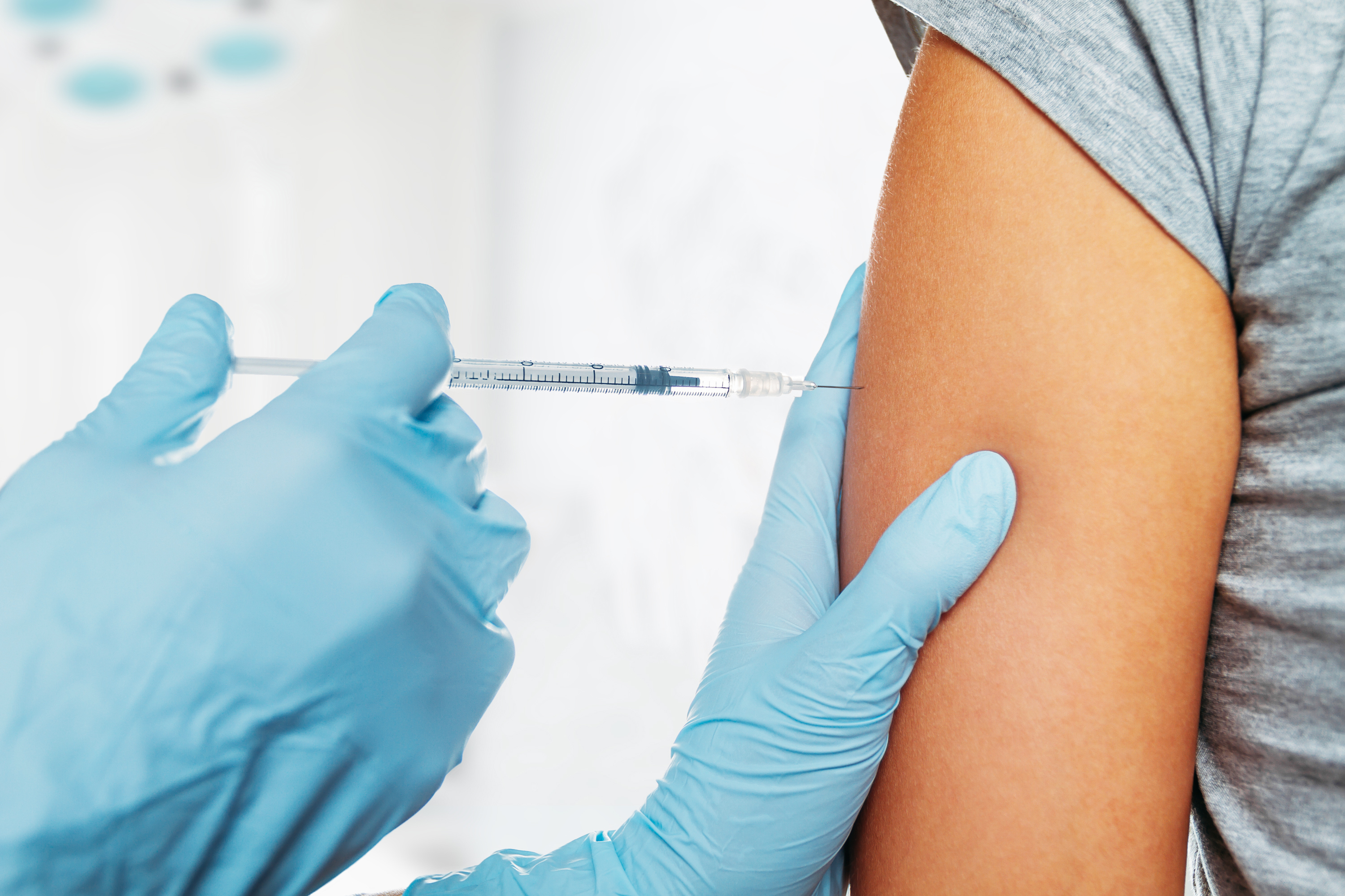
A VACCINATION campaign has led to a massive reduction in levels of the cancer-causing human papillomavirus (HPV) in Scottish women, new research shows.
The study found the prevalence of the sexually transmitted virus among young women has fallen by 90% since an immunisation drive began in 2008.
The research team, led by Dr Kevin Pollock, senior epidemiologist at Health Protection Scotland, believe the reduction in HPV may lead to a commensurate drop in cervical cancer cases, and hope to see a decrease in new diagnoses within a year.
Two genotypes of the virus, 16 and 18, are responsible for around 80% of cervical cancers in Scotland alone.
Researchers compared the anonymised cervical screening and vaccination records of women born in 1995 with those from unvaccinated women born between 1989 and 1990.
They found around 0.5% of women from the 1995 group tested positive for HPV 16/18, compared with 21.4% of women born before 1990.
The study also showed evidence that the vaccine protects against three other high-risk HPV genotypes involved in the development of cervical cancer.
The research will be presented to the Microbiology Society’s annual conference in Edinburgh on Wednesday by Dr Kate Cuschieri, director of the Scottish HPV Reference Lab.
She said: “These new findings indicate that the positive impact of the HPV vaccine may be even greater than we initially thought.
“Collectively, these data demonstrate the significant and continued benefits of the HPV vaccination programme in Scotland, which has achieved a consistent and high uptake of around 90% in 12 to 13-year-old girls.
“It is important that we share this good news to encourage continued participation in this successful programme.”
Dr Pollock said: “The very high uptake of the HPV vaccine is strongly associated with these massive reductions in high-risk HPV types that are known to cause approximately 90% of cervical cancer in Scottish women.
“We also know that HPV 16 and 18 can cause a number of other cancers, including vulvovaginal, anal and a subset of head and neck cancers.
“These results suggest that this vaccine will also have a significant impact on these cancers in the years ahead.”
The research, which was funded by the Scottish Government, looked at samples from more than 20,000 women making it one of the largest population-based studies on the impact of the vaccine.
There were 388 new cases of cervical cancer in Scotland in 2014 and the disease is the 13th most common among women in the UK.

Enjoy the convenience of having The Sunday Post delivered as a digital ePaper straight to your smartphone, tablet or computer.
Subscribe for only £5.49 a month and enjoy all the benefits of the printed paper as a digital replica.
Subscribe